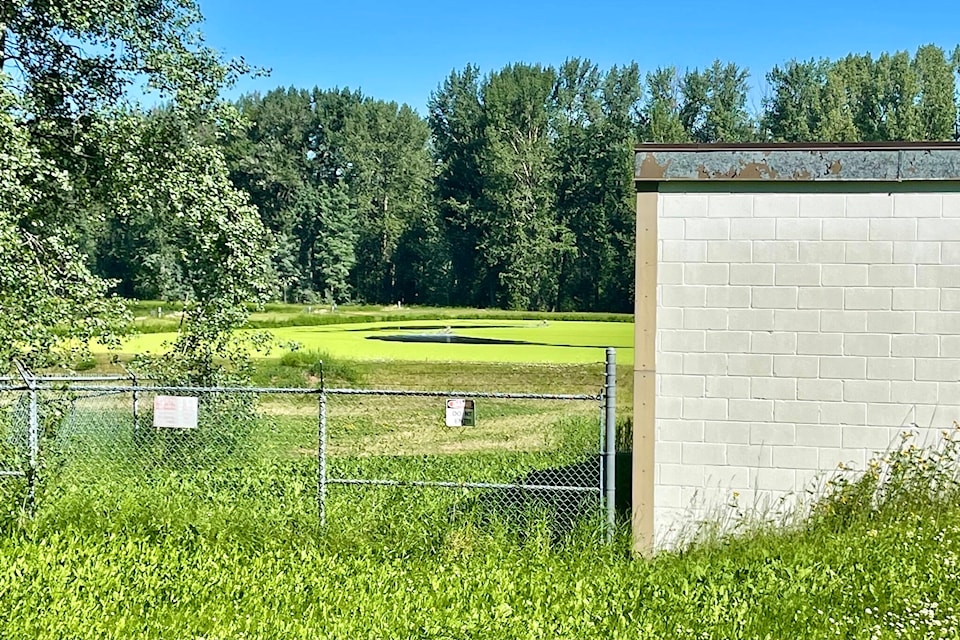It’s taken nearly 10 years, but local government officials in northwestern B.C. are more hopeful than ever the provincial government will agree to provide a steady annual revenue stream.
Through the Northwest BC Resource Benefits Alliance (RBA), 21 local governments have consistently argued that while the province takes in tax revenue from large-scale industries outside of local government boundaries, it returns little to the local governments who have to deal with the impact of those industries.
Revenue-sharing from these large, regional projects that affect local communities has long been touted as a better model to facilitate local planning and funding for infrastructure development projects than the current grant-based system.
For its part, the provincial government, following the election of the New Democratic Party in 2017, began to take what many believed to be the first steps in providing reliable annual payments.
In 2019, the province sent $100 million directly to local governments followed by $50 million more in 2020 to bolster capital spending through the Northern Capital and Planning Grant (NCPG) program.
Smithers received a total of $9.87 million with $6.22 million distributed in 2019, then another $3.65 million in 2020. Additionally, the province transferred $2.3 million to the town in 2023 through the Growing Communities Fund (GCF), a $1 billion investment distributed among every municipality and regional district in the province.
While these were one-time grants, they came with much fewer strings than traditional grants and could indicate what might be possible from a guaranteed annual income stream from the province.
William Wallace, Smithers director of finance, said while the GCF appears to be a one-off grant, the NCPG might signal a prelude to more reliable funding.
“I believe the premier of the day felt that the province was providing an answer to the request for some kind of regional benefit sharing, and was publicly taken aback to learn that the region was grateful for this money to be made available at the time that all the gas project stuff (LNG Canada) was ramping up, but, on the other hand, still expected a permanent, ongoing, fund sharing arrangement,” Wallace said.
He added local governments are hopeful, though, particularly in light of a 2022 memorandum of understanding signed between the province and RBA. The MOU established a staff-level working to “develop a shared understanding of the financial challenges of local governments in the RBA region,” according to the provincial government website.
Meanwhile, since 2019, the NCPG has allowed Smithers to complete some projects it may not otherwise have been able to and may provide a solution to the town’s ongoing wastewater treatment problem. The wastewater plant is currently not compliant with provincial effluent guidelines and the town is seeking grants.
That project, according to a finance report Wallace provided to the Interior News, will cost the town roughly $5.6 million. Grant programs usually require municipalities to share in the financing of projects to get grant funds.
Because of the flexibility of the northern capital grant, Smithers can use that money to provide its share of the wastewater project and has allocated $2.4 million in its bid to secure the rest of the capital.
“Most senior governments are treating that money as though it was always Smithers’,” Wallace said. “So therefore, when we make the big grant applications and they ask, well, ‘where’s your share,’ we pony up a piece of the NCPG as our share, and they say, ‘OK, we agree that’s a valid share’.”
Other major uses of the northern capital monies include the Downtown Landscaping Revitalization project ($1.22 million); Cycle 16 Highway Connector project ($1.2 million); LB Warner Site Remediation project for the Dze L K’ant Friendship Centre affordable housing development ($691,000); Regional Airport Water System Renewal/Upgrade project ($600,000).
It has also covered a couple of smaller line items. The town allocated $100,000 to create a Master Parks plan and $13,237 went toward completing the Perimeter Trail.
While the town has allocated nearly $6.2 million of the original $9.87 million, not all of that money has been spent, leaving the town’s NCPG reserve at $8.1 million, including interest accrued at the end of 2023.
Project eligibility for Growing Communities Fund monies are slightly less open-ended than the NCPG cash, but has also benefited Smithers since it was received last year. The grant targets community needs such as affordable housing, childcare, recreation and road improvements.
So far Smithers has allocated $1.15 million to the Civic Centre Ice Plant Replacement project ($500,000) and the Perimeter Trail project ($650,000).
The town has $1.2 million left of the GCF for future projects.
